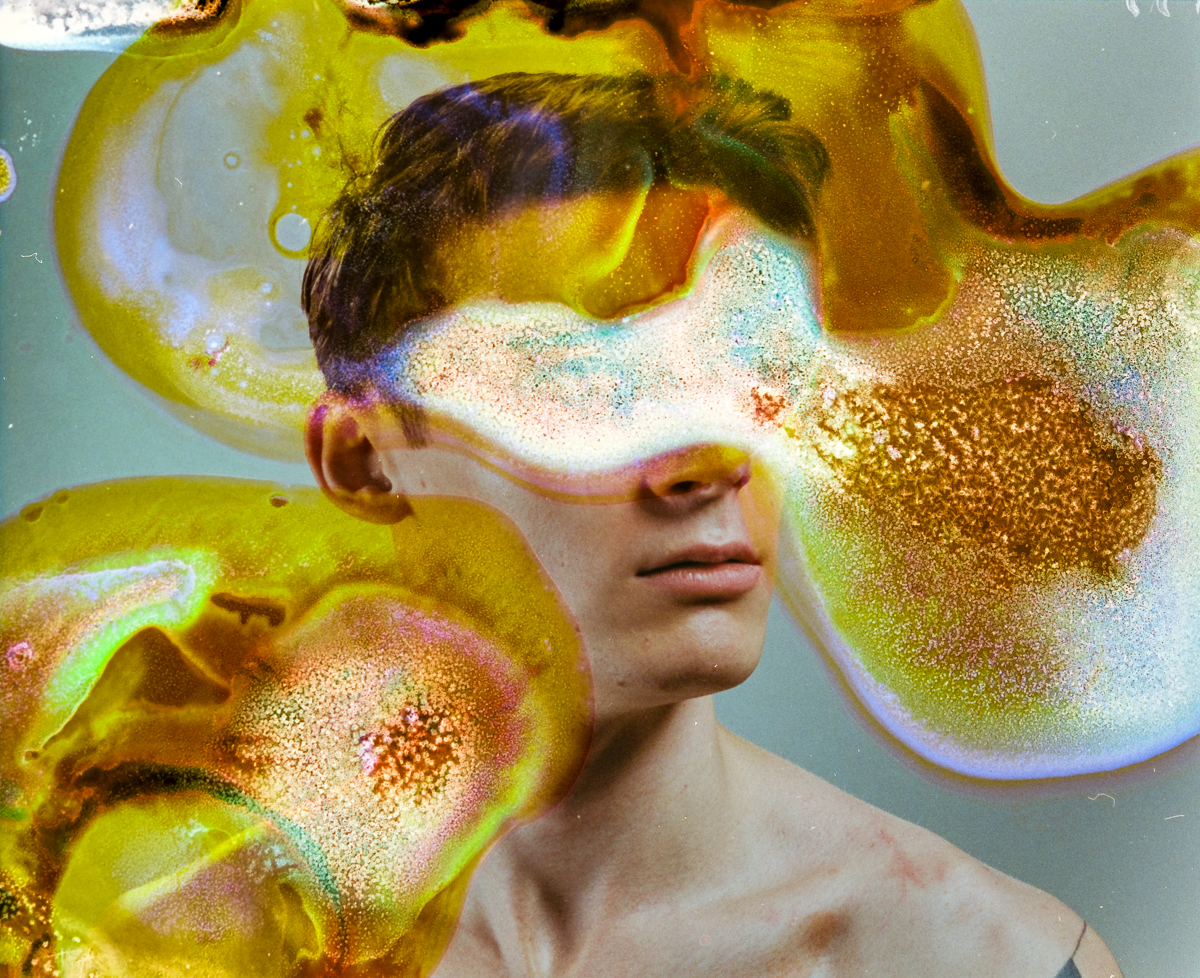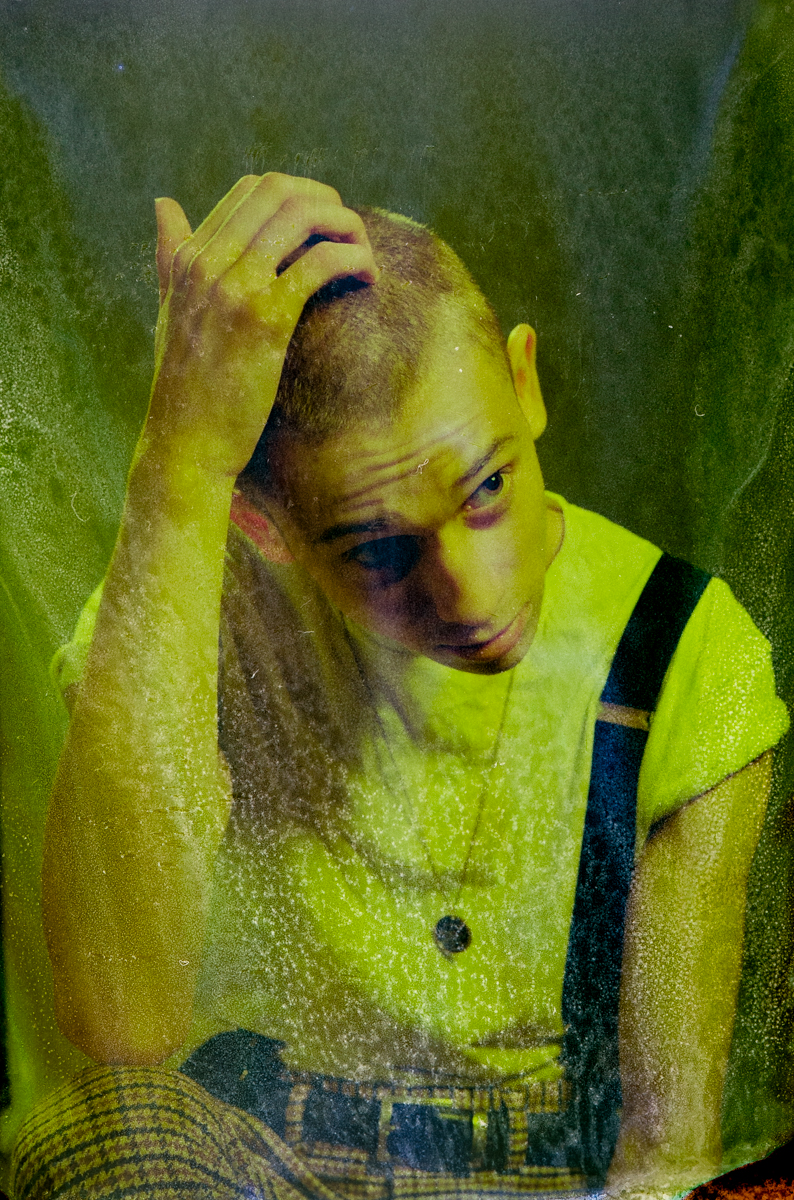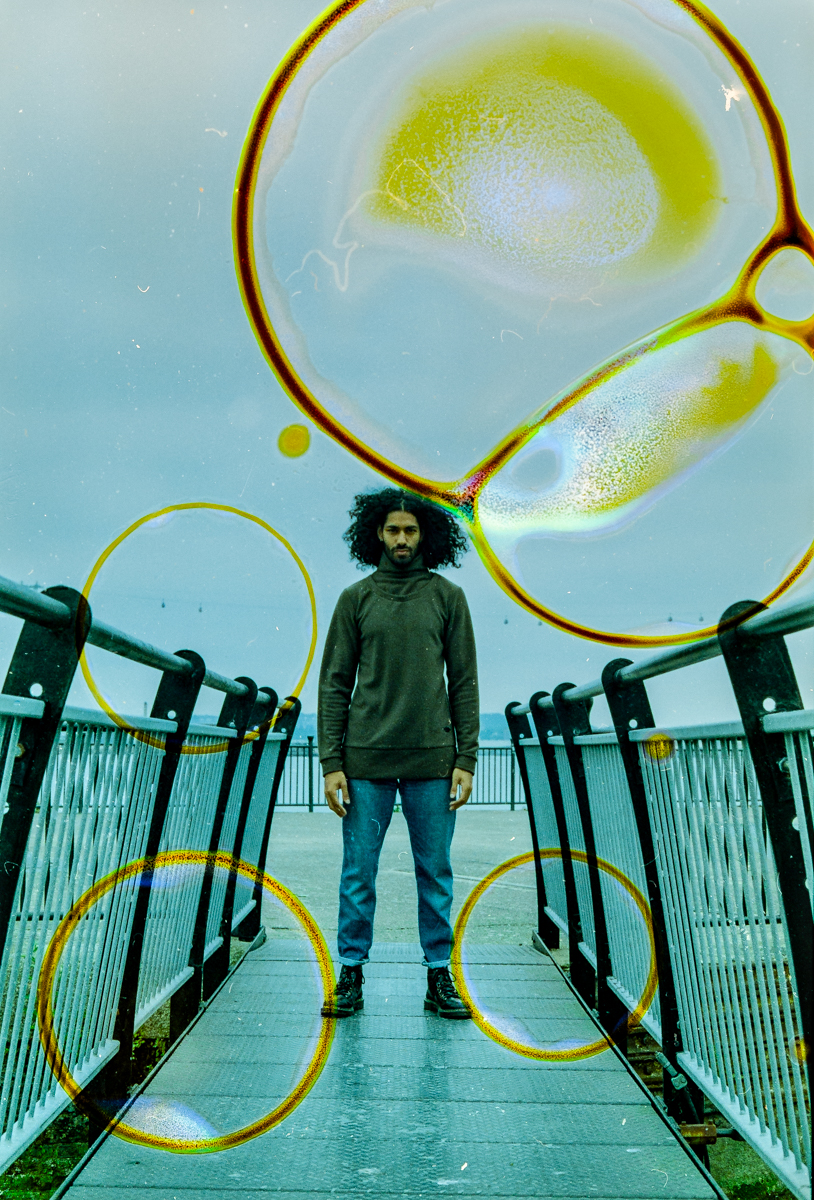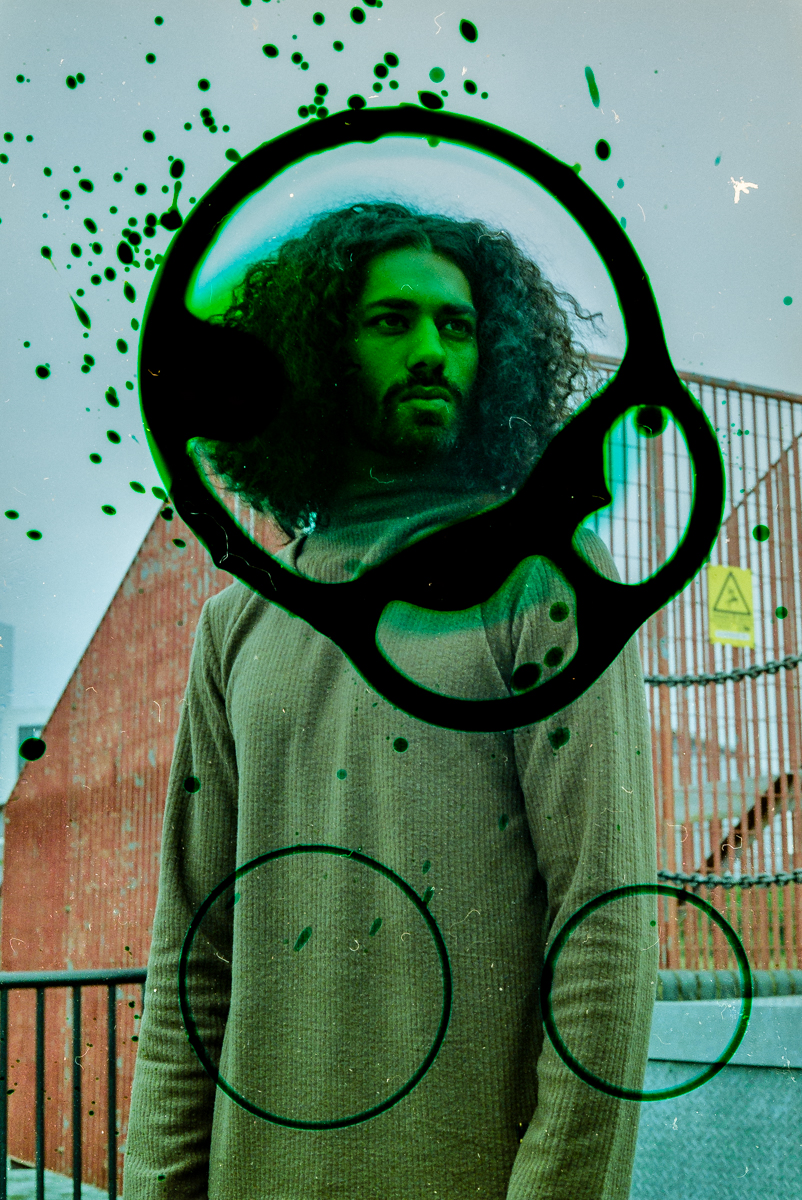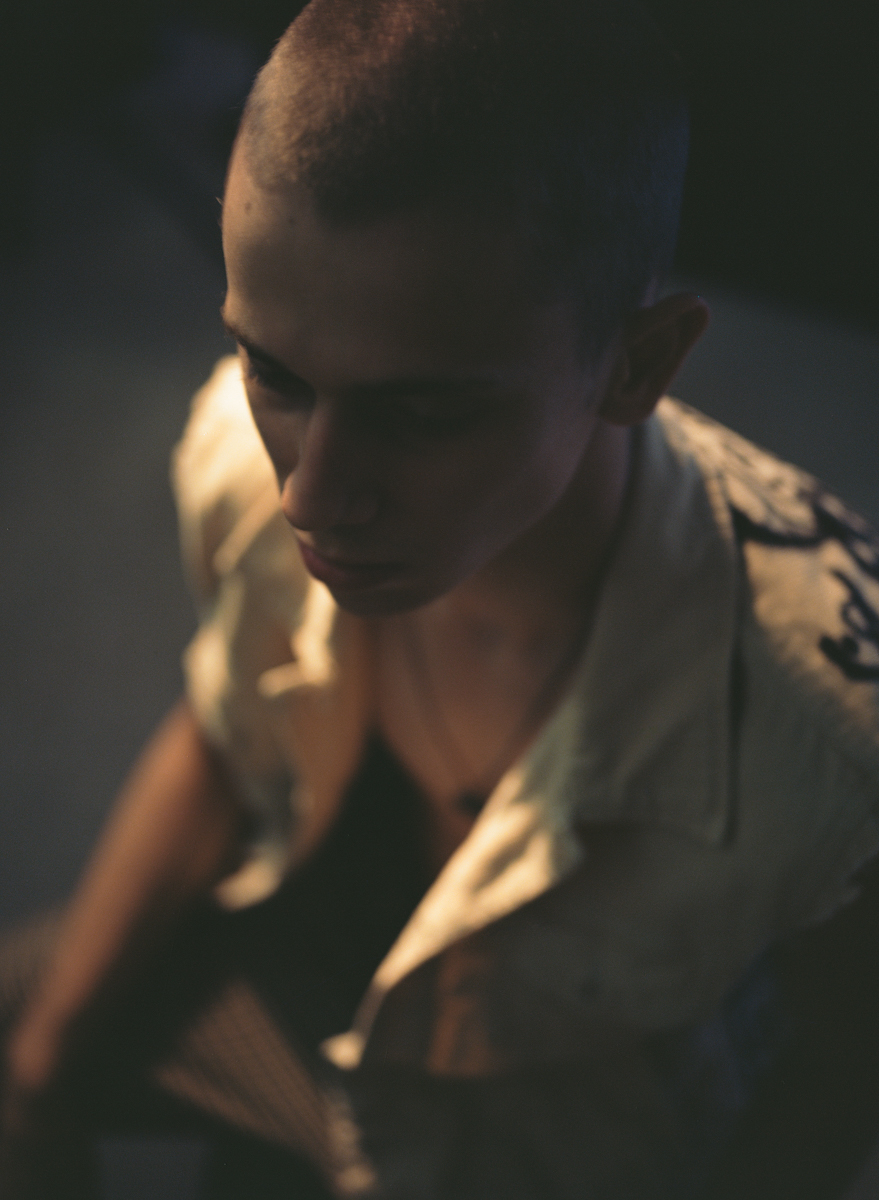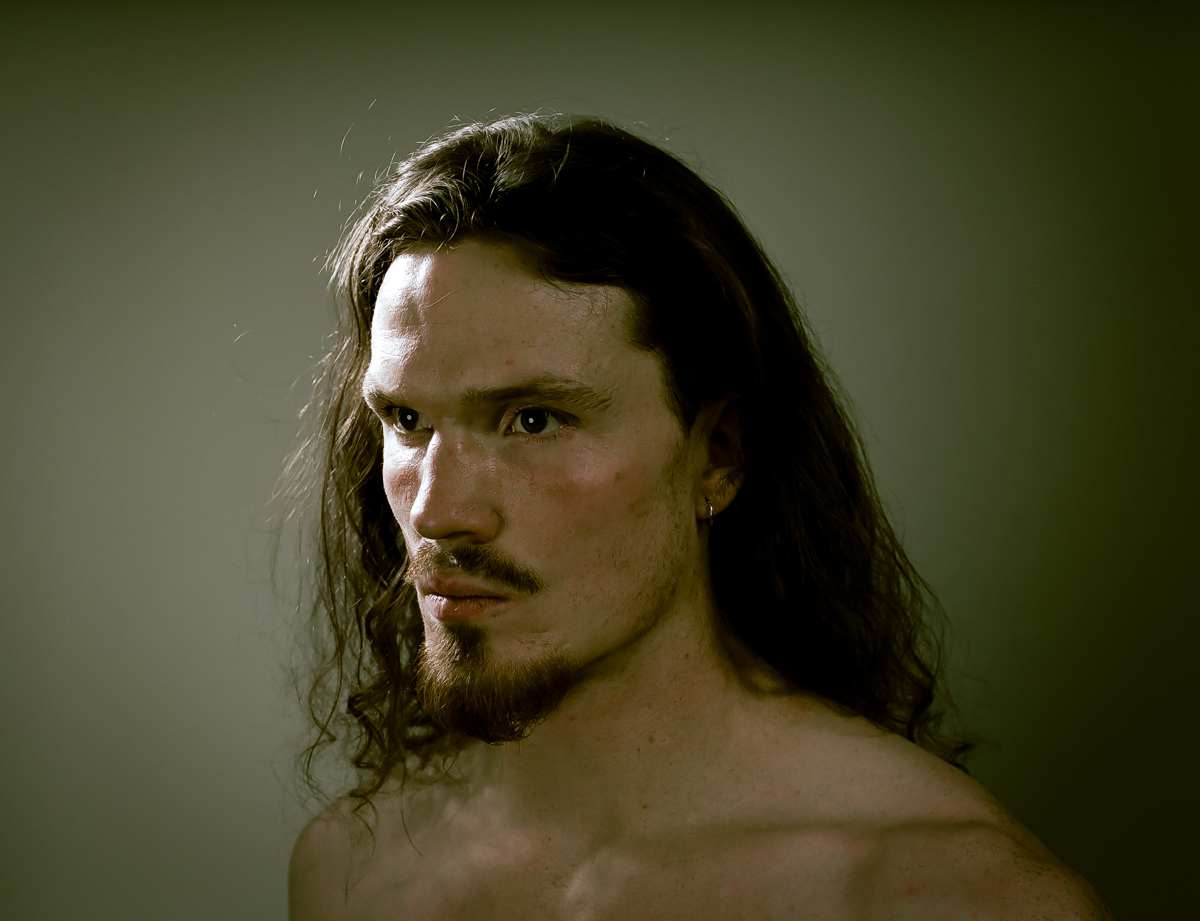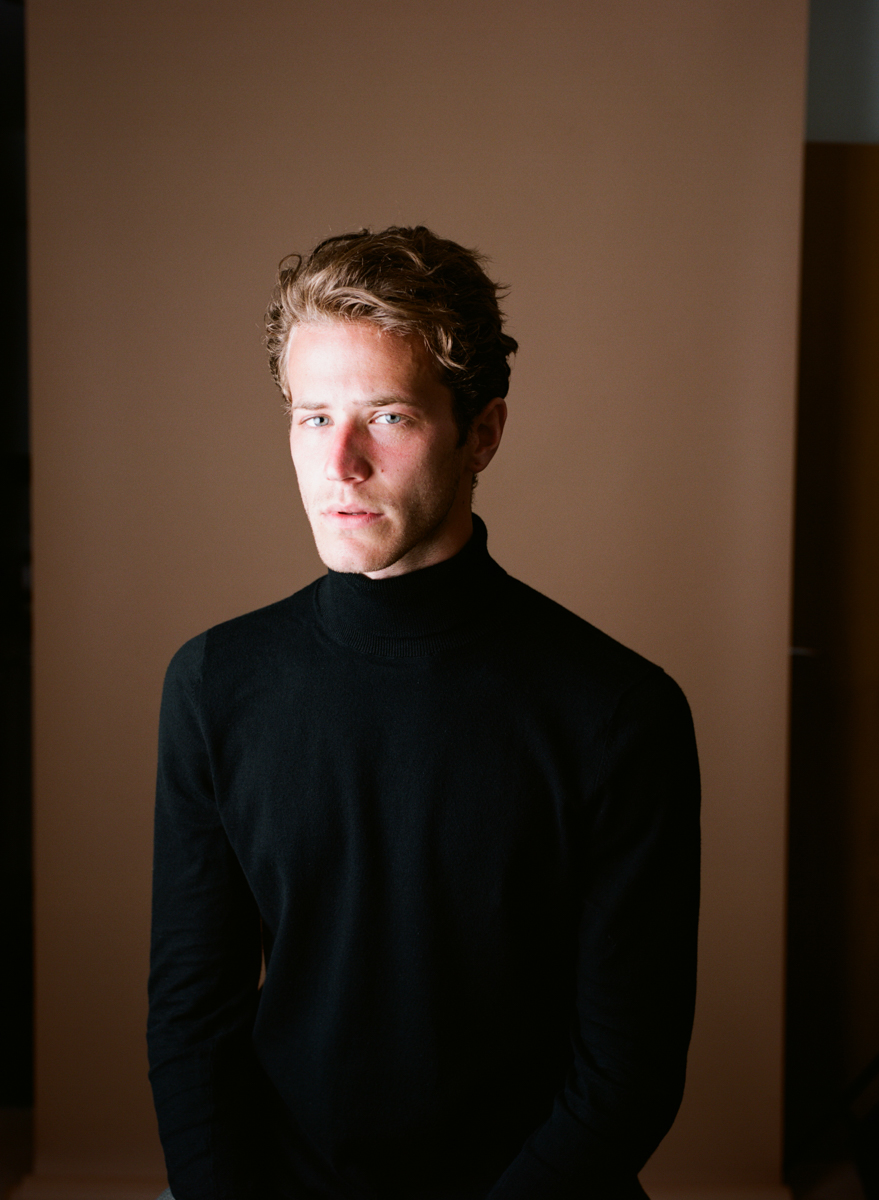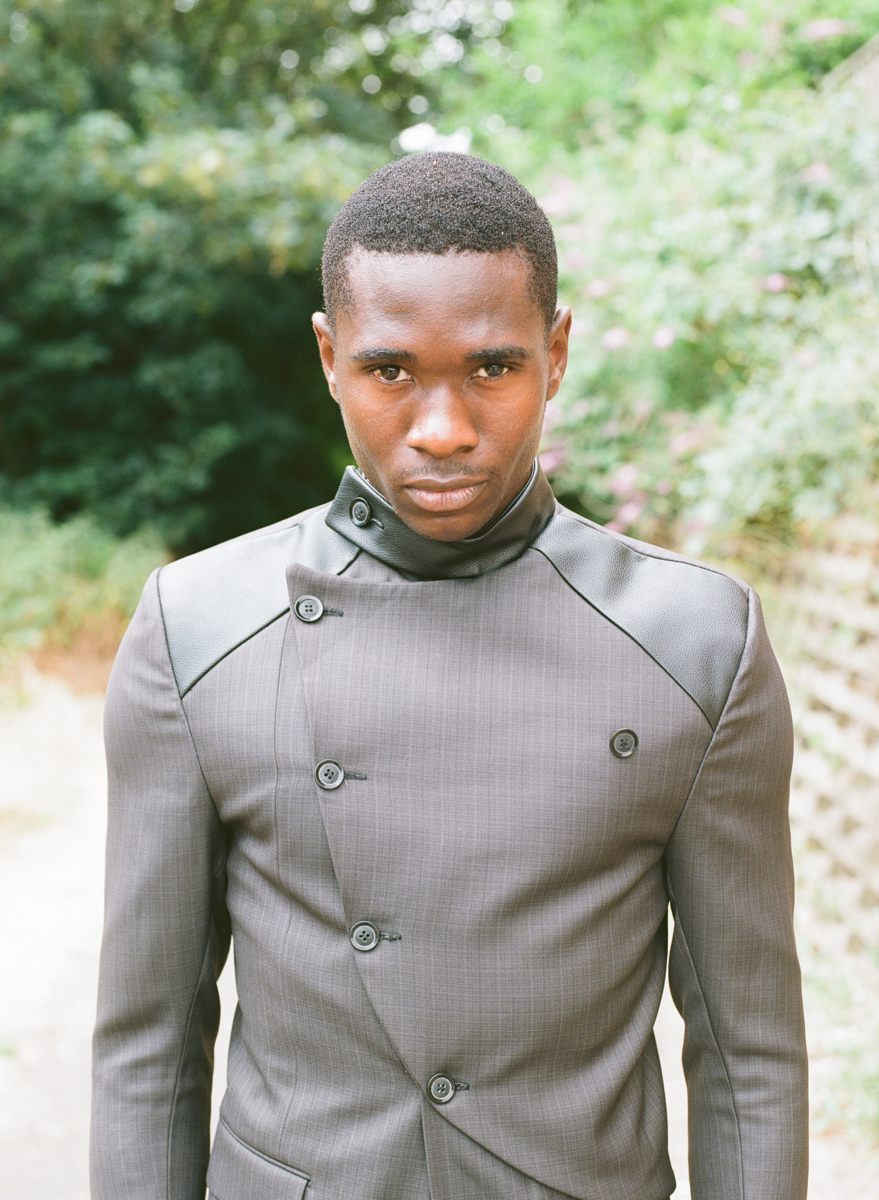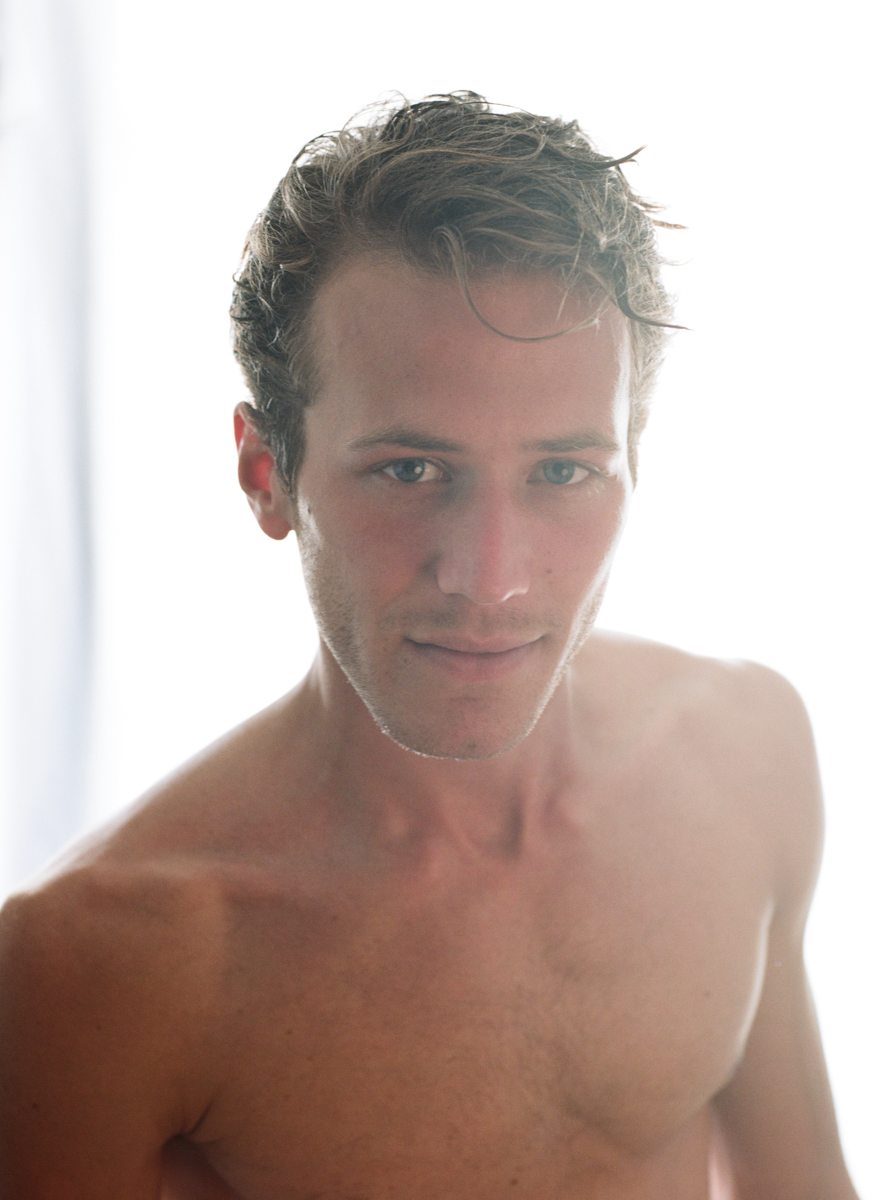When I read the news that the new Minister of Women, Family and Human Rights of Brazil, Damares Alves, said that a new era begins where boys will wear blue and girls will wear pink, I thought to myself: is this still a thing? I was under the impression that we had moved past this whole ‘blue for boys / pink for girls’ thing a few decades ago, but oh! was I wrong! Just a quick browse at the major retailers online shows that the majority of them still support the idea that colours have a gender. In times when the fight for a fairer and more equal society should be on every brand’s agenda, why does it seem like so many fashion brands still haven’t gotten the memo?
Last year, I wrote about our loyalty to brands that don’t deserve it. So, for this post, I decided to start my research by going to the kids section of the online stores of the brands that I spoke about in that previous post: Nike and Adidas. I was shocked to see that these brands are still designing clothes for kids predominantly using pink and pastel colours for girls and more neutral and bold colours for boys. And it doesn’t end there, other brands like H&M, Zara, Calvin Klein, Tommy Hilfiger and even the very progressive Desigual perpetuate these colour roles as well. From all the websites that I visited, the only one that had a more neutral gender store was Hollister, to my surprise.
If you asked the creative directors of any of these brands the reason behind this, they might tell you that the trends for boys this season don’t include pink, or that if they designed clothes for kids switching these gender roles parents wouldn’t buy them because their children wouldn’t want to wear them. But children don’t make these decisions on their own, they have been conditioned by their family, the media or society in general to think like this. I am convinced that if any of our children’s male heroes or male role models wore more pink, we would see a rise in pink coloured clothes sales for that season for boys.
Besides, this idea that pink is feminine and blue is masculine is a very recent invention. Until the arrival of pastel colours, the colour for children of any gender used to be white. According to the Smithsonian Institution, at the beginning of the 20th century, that is less than 100 years ago, colours began to be assigned to genders with pink being promoted as a colour for boys because it was ‘decided and strong’. It wasn’t until the mid-20th century when trends changed and the colours for genders were switched to blue for the boys and pink for the girls. But, as a trend, it faded away until the mid-80’s when it came back thanks to the pregnancy test brands and have since been imprinted in our minds.
As a photographer, I know that the message behind the colours that we use in imagery can be very powerful. But I also know that colours don’t have an innate meaning; humans assign it to them. For instance, in the western world, the colour red can be associated with love, passion and sensuality, but a red flag is a sign of risk and danger. Meanwhile, in countries like China, red means good luck, happiness or success. In some cultures, white symbolizes purity but in other cultures, it is associated with death.
Not a single colour means the same to two different people. What a colour makes someone feel is something unique to the individual. If you need a colour to be able to tell your children apart, then you have a different problem. But a boy won’t feel less masculine if he wears pink unless you make him feel that way. Besides, what does feeling masculine or feminine even mean to a baby? Babies start developing their identities as they grow and if a baby boy identifies as a male they will continue feeling like a male no matter how much pink you put on them.
The fashion industry has a massive impact on our lives, even if one is not conscious about it. We express ourselves through the clothes we wear. They speak about our mood of the day, our cultural backgrounds, our political stances or what we do for a living. Sometimes, they can also be used as tools of oppression.
The message behind the words of Minister Alves is about undoing everything that we have accomplished in terms of gender equality. We mustn’t let that happen, we must fight back. As an industry, we have the most incredible tool at our disposal for the task, one that is so powerful and ubiquitous that it can reach every single person on the planet. Stop forcing pastels onto girls and let’s get more boys to wear pink
Photo credit: me, age 2.
Do you like what you just read? Subscribe to the weekly blog posts here!

























